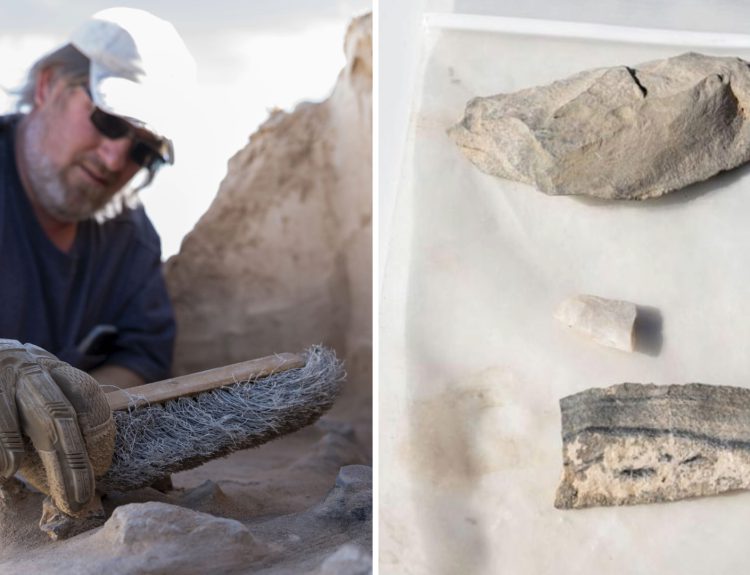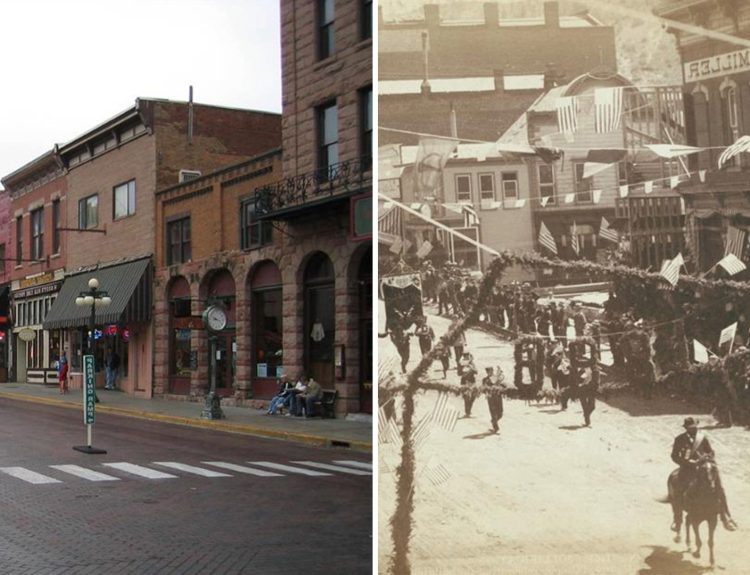Amidst the rumble of truck engines traveling across the nation, a convoy seeks people concerned about the rise of illegal immigrants crossing into the country. Their destination: the southern border.
The “Take Our Border Back” convoy, led by the self-acclaimed “God’s Army” has participants from across the country. The protests will last for two weeks. They’ll converge in Dripping Springs, Texas, then split into two groups. With one group heading to Yuma, Arizona, and the other to Quemado, Texas.
Early Border Shifts: Spanish To Mexican Rule
The southern border of the United States has gone through many changes throughout history. In the early 19th century, after gaining independence from Spain, Mexico’s northern boundary included much of what is now the southwestern United States.
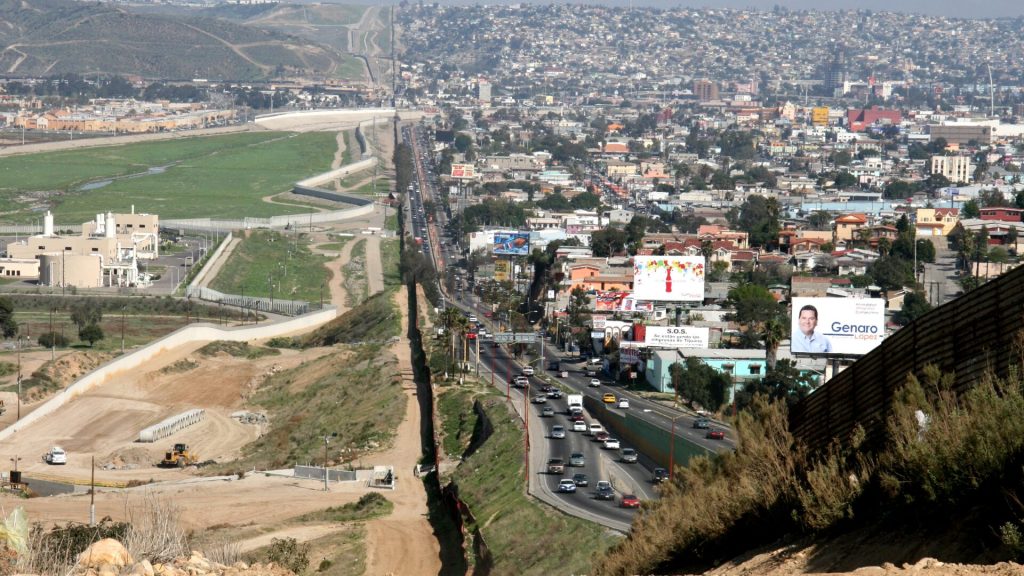
Texas later gained independence from Mexico in 1836 and was later annexed by the United States in 1845. This led to the Mexican-American War (1846-1848). The Treaty of Guadalupe Hidalgo, signed in 1848, ended the war. Thus, Rio Grande was established as the southern boundary of Texas.
Expansion And Patrol: 20th-Century Developments
In the latter half of the 19th century, the United States expanded further westward. Territories were acquired from Mexico. This was through the Gadsden Purchase in 1853. This defined the current southern borders of Arizona and New Mexico.

In the early 20th century, concerns about border security led to the establishment of the U.S. Border Patrol in 1924. This happened during the administration of republican president, Calvin Coolidge. The border saw increased security measures over the following decades, especially during periods of tension such as the Mexican Revolution and Prohibition era.
The Birth Of The U.S. Border Patrol
Under Calvin Coolidge’s presidency, The U.S. Border Patrol was formed. Two days later, the Labor Appropriation Act of 1924 established the Border Patrol as an agency of the U.S. Labor Department. The first station opened in Detroit, Michigan, in June 1924, followed by another in El Paso, Texas, in July of the same year.
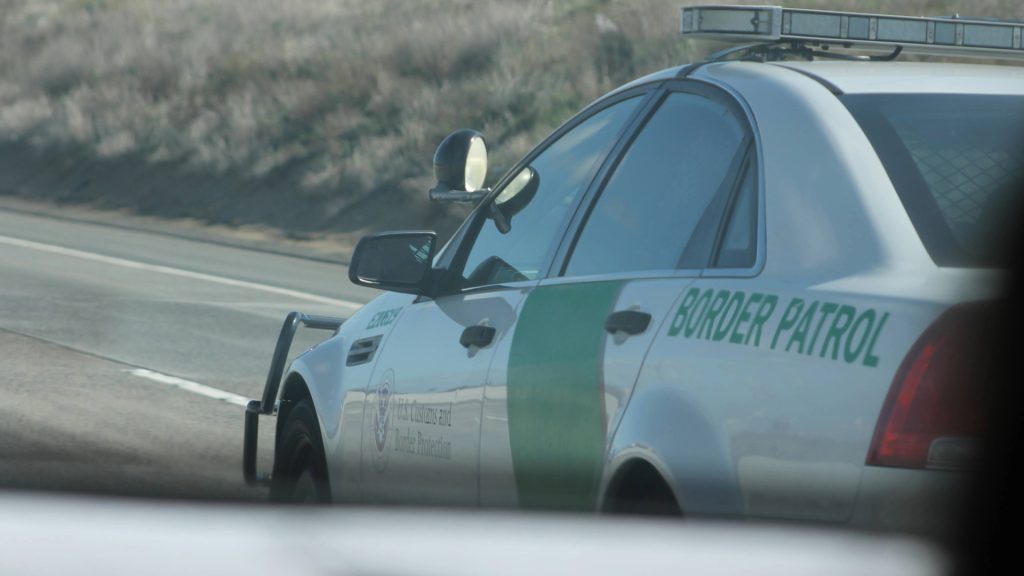
Coastal patrols commenced in 1925, with operations expanding to the Gulf Coast in 1927 to monitor foreign crew departures. By 1932, the Border Patrol had split into two offices. One in El Paso for Mexican border operations and another in Detroit for Canadian border operations.
Organizers Stress Peaceful Gathering
“To the naysayers: We’re just ordinary citizens, farmers, ranchers, retired police officers,” one of the convoy’s organizers Kim Yeater said. “Not crazy conspiracy theorists. It will be a peaceful assembly of Americans of all political classes and all ethnicities.”

Yeater said the convoy’s goal is to have around 700,000 people join it on the journey to Texas, adding that he anticipates a larger turnout. He stressed that the convoy does not oppose immigration but rather believes that illegal crossings have gotten out of hand.
Convoy Falls Short, Texas Rally Spotlights Border Concerns
As the convoy traveled across the country, the anticipated hundreds of thousands of vehicles didn’t materialize. Instead, reports that around 100 passenger vehicles, recreational vehicles, and trucks towing campers arrived in Texas.
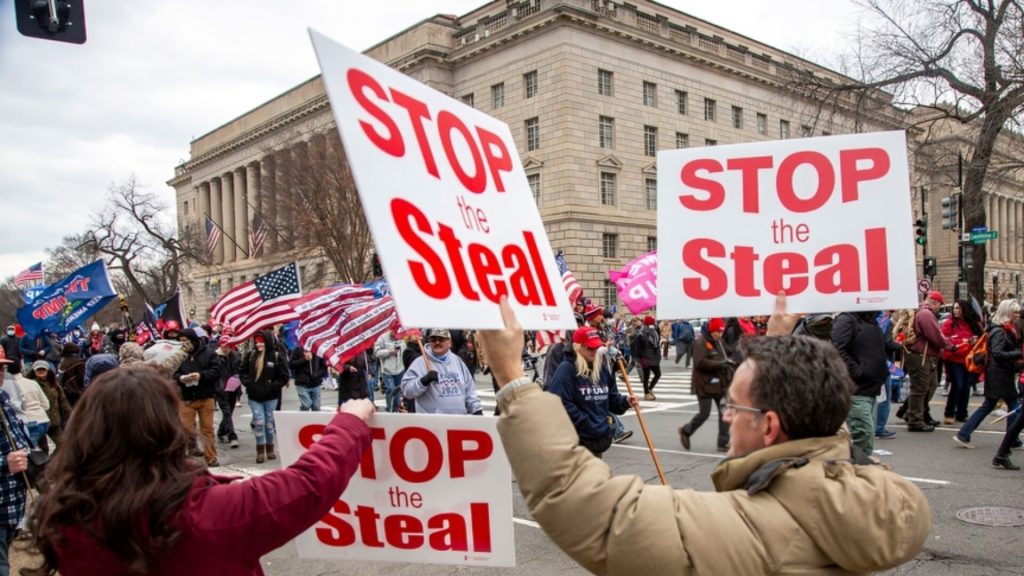
The Texas rally happened at the Cornerstone Children’s Ranch near the town of Quemado, about 20 miles from Eagle Pass. It lasted all day and featured music, vendors, and speakers who talked about their worries regarding illegal immigration. “The mission here is the border, that’s what we’re here for,” said Trenis Evans, one of the speakers at the Quemado rally.
More Words From “Take Our Border Back” Rallies
At another “Take Our Border Back” rally on Saturday in San Ysidro, California, another convoy organizer Scotty Saks claimed the border is “a national security crisis.”
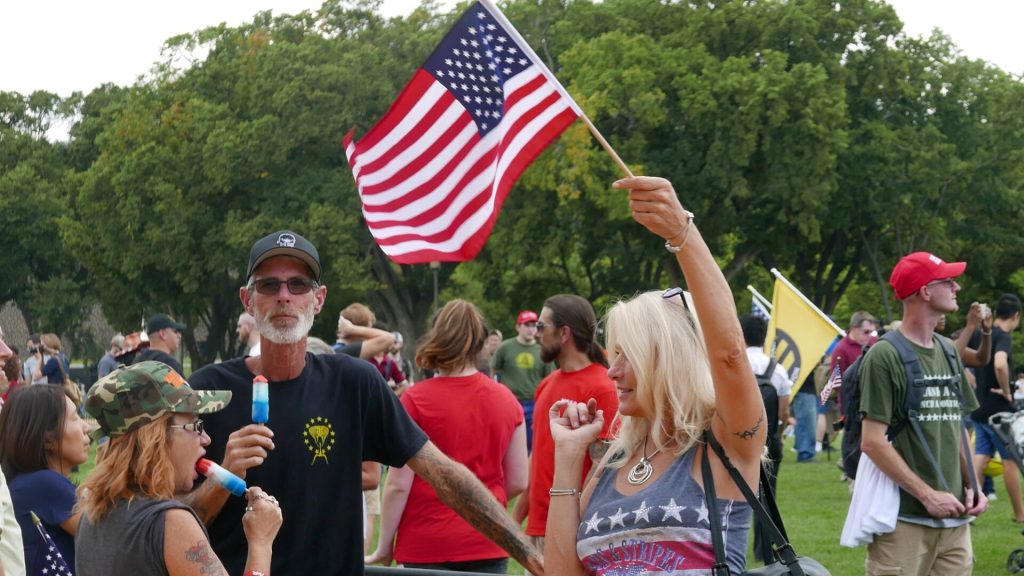
“We have a human trafficking problem on the border in proportions that we’ve never imagined,” Saks told a crowd of about 200 people, according to the New York Post. The “Take Our Border Back” convoy also assembled for a rally in Yuma, Arizona.
Blending Borders And Beliefs
The rally at Quemado, Texas blended border policies with religious rhetoric. Vendors sold shirts, flags, and hats supporting the former Republican president, Donald Trump. Conservative speakers praised conservative Christian beliefs. They also criticized President Joe Biden’s Democratic border policies.
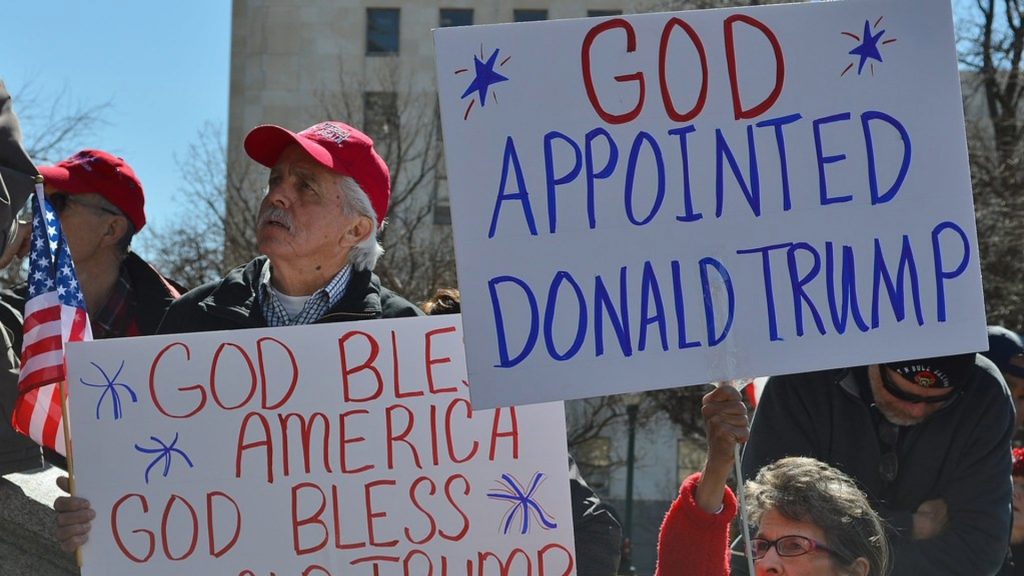
“Folks, this is serious stuff, this is evil stuff,” Keith Self, a speaker at the rally said of Biden’s policies. “We are in a spiritual battle for the survival of our Republic.”
Border Tensions: GOP Governors Unite
The protest comes while Governor Greg Abbott (R-TX) and the Biden administration remain at loggerheads about securing the border. Things got more heated after the Supreme Court said the federal government could take down barbed wire from the southern border. But the Texas National Guard has refused to back down.
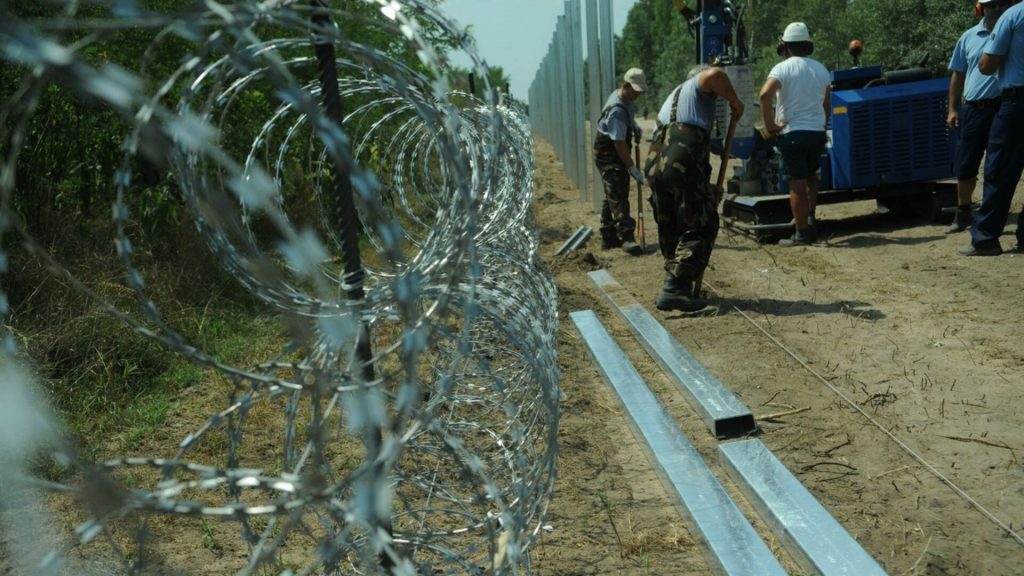
Amidst all of this, more than twenty Republican governors wrote a letter backing Governor Abbott’s decisions. Governor Kristi Noem asked her state lawmakers to meet together so she could talk to them about the difficult situation happening along the southern border of the United States.
Abbott Leads Republican Governors In Border Briefing At Shelby Park
Gov. Abbott hosted a news briefing in Shelby Park on Sunday. He was joined by 13 Republican governors to talk about border and immigration matters.
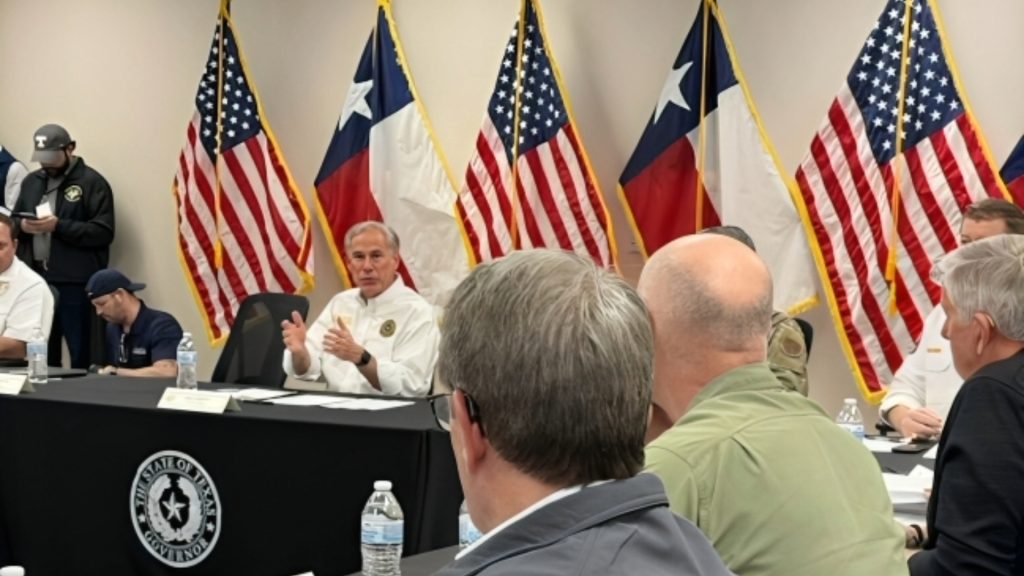
Abbott said in the briefing that a state can protect itself and its people to keep them safe from the immediate danger they’re facing. He also mentioned the need to deal with millions of people coming into the country from all over the world without any accountability.
Operation Lone Star Expands, Enhancing Border Security Measures
Abbott also announced the expansion of Operation Lone Star, his border security initiative launched in 2021. This operation involves deploying members of the Texas National Guard along the Mexico border. It also includes installing a floating barrier in the Rio Grande River. Along with safety inspections on commercial trucks arriving at entry ports from Mexico.
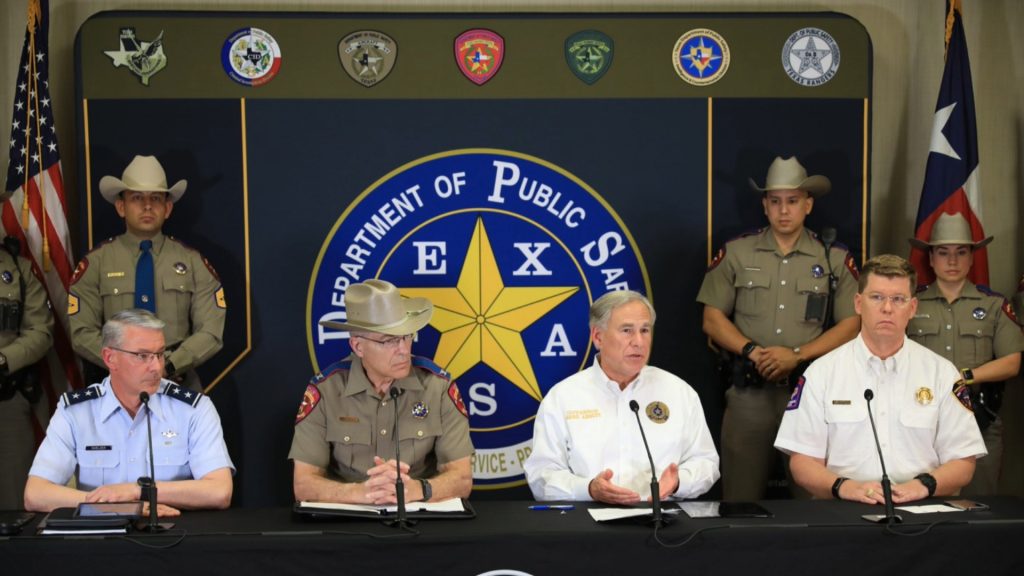
“As we speak right now, the Texas National Guard is undertaking operations to expand this effort,” Abbott said. “We’re not going to contain ourselves just to this park. We are expanding to further areas to make sure that we will expand our level of deterrence and denial of illegal entry into the United States.”




